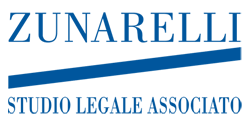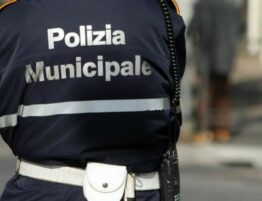
The establishment and the beginning of the activities on 15 January 2014 of a national authority responsible for the transport sector (Autorità di Regolazione dei Trasporti – A.R.T.) which is fully independent and autonomous from the political network and has a series of numerous prerogatives is certainly of great impact.
A comprehensive set of laws provides that the A.R.T. shall have jurisdiction “in the sector of transport and of access to the related infrastructures” (Art. 37, paragraph 2 of Decree-Law 201/2011). The legislator has defined the powers of the Authority both in general terms (Art. 37, paragraph 2, letters from a) to f)) and with specific reference to the sectors which are expressly identified by the regulations, consisting of the highway (art. 37, paragraph 2, lett. g)), airport (art. 37, paragraph 2, lett. h)), railway (art. 37, paragraph 2, lett. i)), and taxi service (art. 37, paragraph 2, letter. m)) sectors.
The Authority’s regulatory powers are very diverse, since they concern a variety of administrative functions which are though linked together by the general purpose of promoting the existing level of competition.
Although the A.R.T. has not yet taken steps to exercise all the powers entrusted to it by law, it is possible to point out (merely by way of example) the following significant resolutions, to which opinions, consultations, reporting acts to the Government and to the Parliament, and the annual activity report (all published on the website www.autorita-trasporti.it) should be added:
– Resolution No 70/2014, containing regulatory measures of equitable and non-discriminatory access to railway infrastructures;
– Resolution No 76/2014, concerning information and requirements for the 2015 network informative statement;
– Resolution No 7/2014, for starting the preliminary survey on access to infrastructures;
– Resolution No 6/2014, for starting the preliminary survey on passenger transport services;
– Resolution No 49/2015, containing regulatory measures for the drawing up of notices and of agreements relating to the tenders for the exclusive assignment of local public passenger transport and definition of the criteria for the appointment of the evaluating committees;
– Resolution No 64 2014, for approval of regulatory models of airport fees;
– Resolution No 26/2015, for starting the public consultation on the model of regulatory act laying down measures for the preparation of the tenders for local public transport;
– Resolution No 32/2015, for starting the procedure for defining the best management of motorway routes;
– Resolution No 54/2015, concerning the opening of the procedure to establish the minimum quality standards of national and local passenger transport services by rail having public service obligations.
Furthermore, as a guarantee to the effectiveness of the decisions made by the Authority in order to ensure that the regulated parties comply with the decisions issued by the regulator, law decree n. 201/2011 provides a series of provisions aimed at granting the Authority a series of investigatory powers (powers to investigate, to request documents and information, to access premises, to carry out audits / inspections of accounting documents etc.) and of fining powers (involving the notification of administrative fines calculated in percentage, the latter being proportionate to the regulated company’s turnover). Even this last aspect is likely to radically innovate the regulatory framework in force up to now.
Finally, it should be pointed out that the creation of an Authority responsible for the transport law sector seems to give rise to certain critical issues with respect to the existing regulatory framework, especially in terms of possible “overlaps” and / or “duplications” of jurisdiction with the other existing administrative Authorities, who are involved in various ways in the regulation of several aspects concerning the matter in question. Among them it is worth mentioning the possible “friction” with the Competition and Market Authority, whose decisions frequently affect the aspects concerning the safeguard of competition also with specific reference to the transport sector.
With reference to this last aspect, a possible “recomposition” of the above mentioned conflicts of jurisdiction could be identified in light of the contents of the recent Memorandum of Understanding signed on 6 June 2014 between A.R.T. and AGCM, in which, very briefly, the former is referred to as “the authority regulating “ex ante” the different transport sectors”, whereas the Antitrust Authority is responsible for monitoring “ex post” the compliance with the laws for the proper functioning of the market” (see Press release no. 44 of 31 October 2014, published on the website www.agcm.it).
(Bologna Office – 0039 (0)51 2750020)









